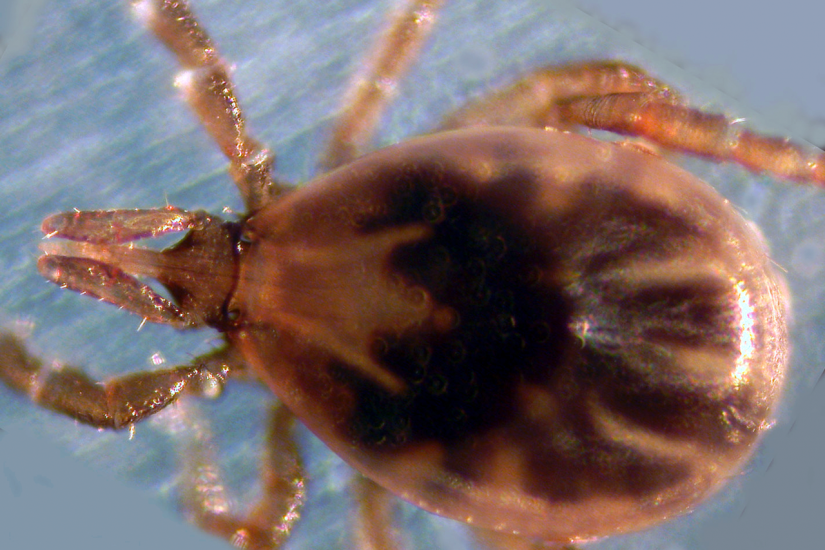A team of researchers led by the Yale School of Public Health has found that the Lyme disease bacterium is ancient in North America, circulating silently in forests for at least 60,000 years—long before the disease was first described in Lyme, Connecticut, in 1976 and long before the arrival of humans.
For the first time, the full genomes of the Lyme disease bacterium, Borrelia burgdorferi, were sequenced from deer ticks to reconstruct the history of this invading pathogen.
The finding shows that the ongoing Lyme disease epidemic was not sparked by a recent introduction of the bacterium or an evolutionary change—such as a mutation that made the bacterium more readily transmissible. It is tied to the ecological transformation of much of North America. Specifically, forest fragmentation and the population explosion of deer in the last century have created optimal conditions for the spread of ticks and triggered this ongoing epidemic.
Katharine Walter conducted the research while a doctoral student at Yale School of Public Health and is lead author of the study published in Nature Ecology and Evolution.
“The Lyme disease bacterium has long been endemic,” she said. “But the deforestation and subsequent suburbanization of much of New England and the Midwest created conditions for deer ticks—and the Lyme disease bacterium—to thrive.”
Lyme disease is the most common vector-borne disease in North America. Since it was first described in the 1970s, the disease has rapidly spread across New England and the Midwest. Reported cases of Lyme disease have more than tripled since 1995 and the Centers for Disease Control and Prevention now estimate that more than 300,000 Americans fall ill each year.
The team turned to genomics to reveal the bacterium’s origins. By comparing B. burgdorferi genomes collected from different areas and over a 30-year period, the team built an evolutionary tree and reconstructed the history of the pathogen’s spread.
